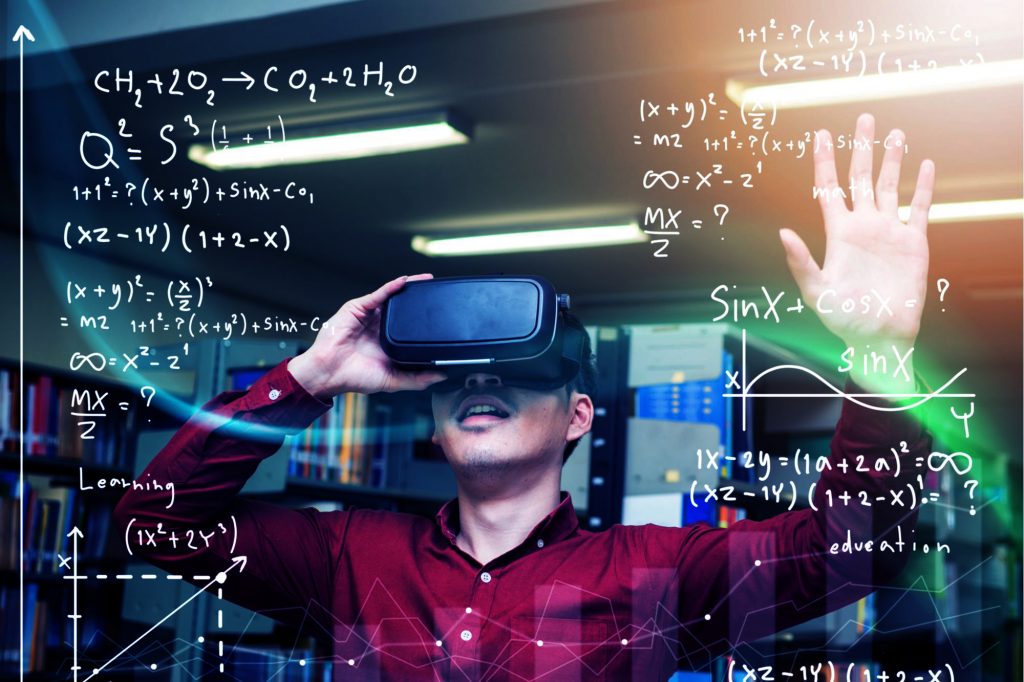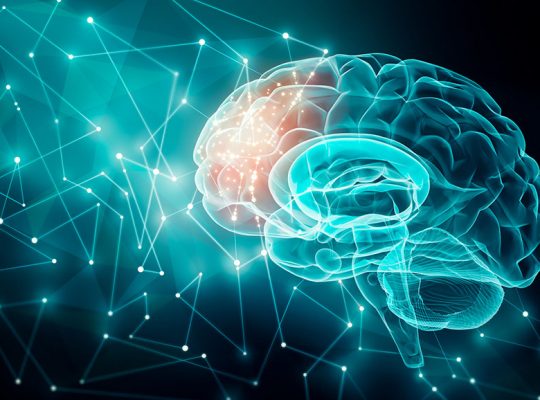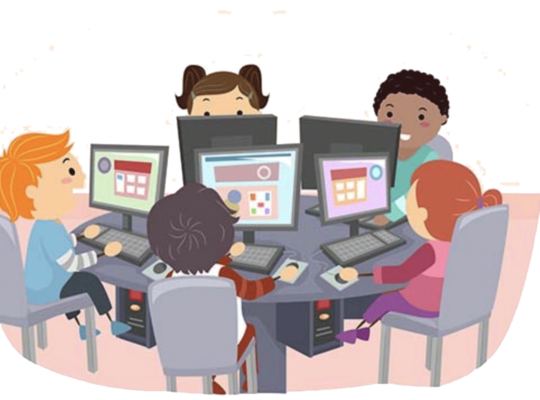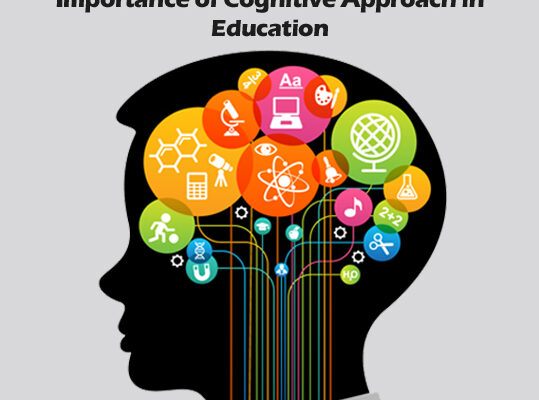In spite of the hurdles, the epidemic has hastened digital technology adaptation. Our professional and private lives are deeply ingrained into digital worlds.
Even before the COVID19 epidemic, virtual learning has experienced tremendous development as a technological innovation support. The introduction of online course provider platforms like EdX and Coursera in Western countries has brought the notion of remote learning closer to learners worldwide.
The NEP is predicted to be given more focus in 2022, which will provide further impetus to vocational education by providing vocational courses and training at the school level.
Some of the trends that can be seen are:
- Skill development was one of the most popular sub-sectors for investors in Indian ed-tech start-ups from 2014 to 2019, and it is becoming more important currently. Employers are also leaning toward recruiting for specialist talents, especially as the gig economy steadily takes hold in India, with the potential to generate up to 90 million jobs. Upskilling via micro and alternate credentials has witnessed a significant increase to match employer expectations, with some organisations offering boot camps and micro-credentials and will continue to do so in the future year.
- Alternative learning providers are on the rise, and they might range from a YouTube teacher to a university offering an industry-partnered degree or an ed-tech business. They vary in size, reputation, recognition, and expense. Quality standards range from acceptable to deplorable. It is a departure from the usual educational experience, which is based on predefined modules in a predetermined order, with standardised assessments and approved status. These organisations pioneer new concepts and innovations, transforming academic sessions into work-integrated learning. Their adaptability enables them to provide more cheap learning than most traditional schools.
- Grading, certainly, appears to be an indicator of student performance. Traditional grading systems exhibit various scalability flaws over time. Learning is, without a doubt, a long process. It cannot, at times, accurately portray the entire process. The digitization of the credit system paved the way for increased participation in the research. Instead of only evaluating examinations and assignments, a more holistic view of learning performance may be obtained.
- Video-aided learning has grown in popularity as a classroom presentation in recent years. Each day can be made a “video day” with the internet and digital gadgets. This model is also gaining grip in distant learning, where students learn via computers and laptops. Animated videos, specially, are an excellent way to enhance lectures and make information more understandable. It raises student achievement while reducing instructor effort.
- Block chain Technology: Block chain’s Distributed Ledger Technology (DLT) provides several benefits to education, particularly data storage. Every time new data is added, another “block” is added to the system, hence storage is technically infinite. Block chain technology is used to validate skills and knowledge in Massive Open Online Courses (MOOCs) and ePortfolios. Additionally, it can support student applicants in publicising their merits and successes during the job-searching process.
- Big Data: To meet the requirements of learners, the learning experience must be individualised. And, with the rise of corona virus and online learning as an after effect of it, we now have more data than ever before. Instructional Designers have access to important information regarding learners’ experiences, allowing them to design and offer the course in an appropriate way. One should search for information such as the course content, learner enrolment, learner performance (duration per course, completion, test result), and learner feedback (rating, survey).
- Artificial Intelligence (AI): For the EdTech sector in 2022, AI is currently the “in thing.” AI is expected to become the most popular trend by 2022, with a growth rate of more than 45 percent. So, what does this trend means to the world’s top Education Technology markets? First and foremost, AI can automate basic educational tasks such as grading. Teachers may now grade multiple-choice and fill-in-the-blank questions using an automated system. As a result, computerised grading of students’ work will become more efficient.
- The field of learning analytics has exploded in recent years, particularly in higher education. Educators are able to use learning analytics to assess and report student learning. It empowers students to better comprehend and maximise learning. Teachers must try to upsurge their students’ knowledge and skill development by interpreting insights from their students’ learning processes. Teachers, for example, may identify which kind of content (text, photographs, infographics, or videos) pupils like and utilise it more in their subsequent sessions.
- Subsequently, with the institutionary introduction of Virtual Reality (VR) and Augmented Reality (AR), the classroom learning experience has changed dramatically. The increased need for experiential learning propels the advancement of learning using VR and AR. While VR creates a fabricated world, AR delivers an improved perspective of a genuine image. As a result, they can help pupils understand difficult ideas that basic graphics or even hands-on experiences in a lab cannot.
These trends and figures reveal that education and technology are merging far faster than expected, with the pandemic merely hastening the process. To prevent falling behind, school districts should aim to enhance their use of digital technologies. Both students and instructors are eager to participate in these more engaging educational experiences. The use of technology in the classroom makes it more engaging and individualised.
Obviously, technology cannot replace traditional learning methods entirely. It is envisaged that a hybrid model of two types of education would be developed into blended learning. As a result, future education would emphasise providing a technologically rich environment while retaining all of the benefits of a strong interaction between students and professors. Whatever technological advancements are made, they will never be able to replace the human aspect in the education business.


About the Author: Pooja Bhatia
Pooja is a teacher working for NGOs and a student pursuing management studies. Her interests include education, women empowerment, music and drama. A winner of various B-school competitions including IIM and BITS, Pooja is also a great content strategist. She has article published in the Times of India.
This article has been re-published on Medium





